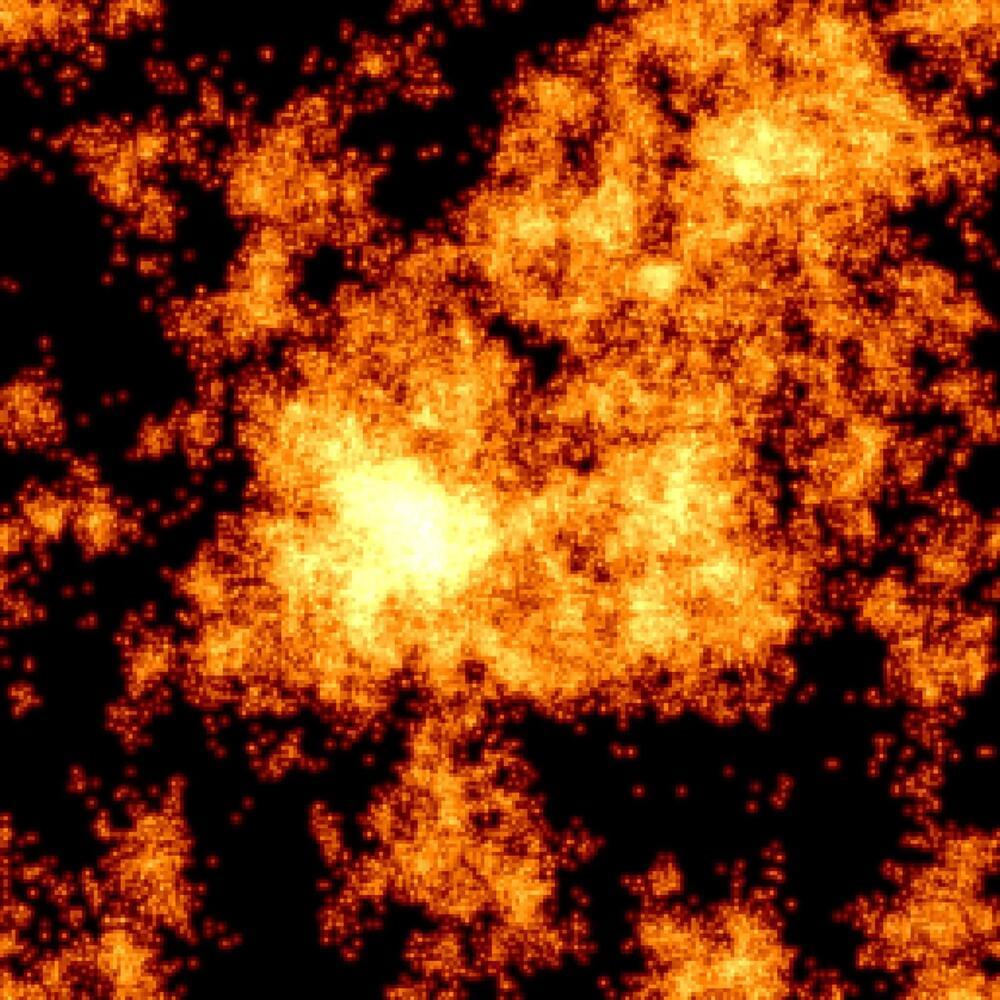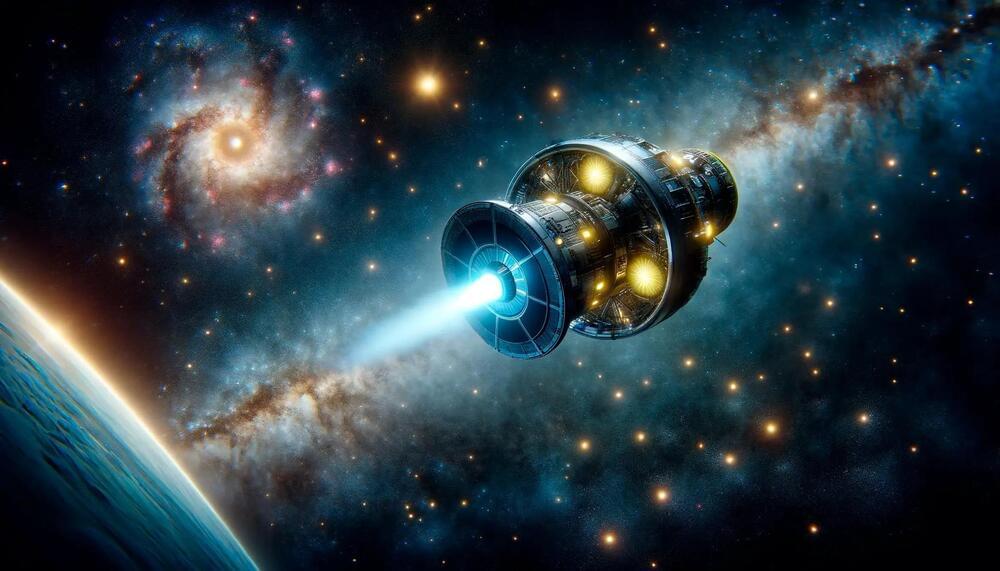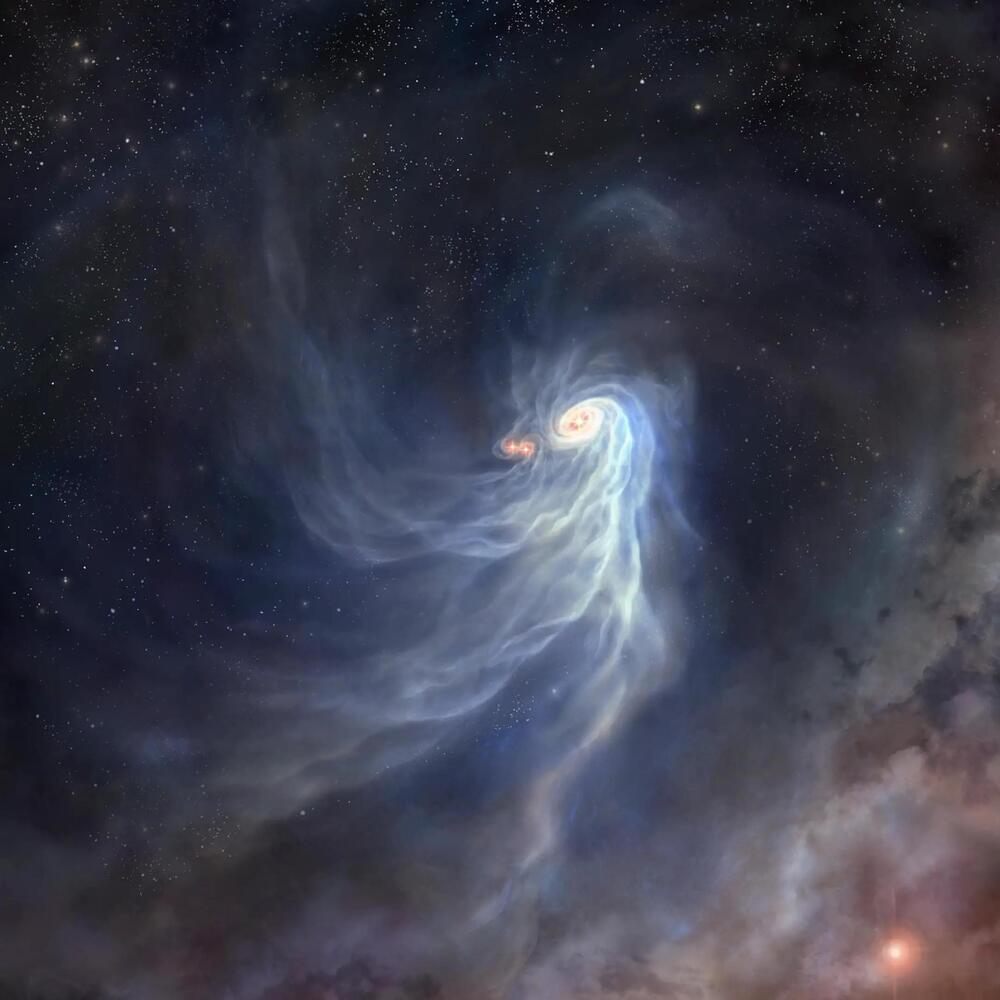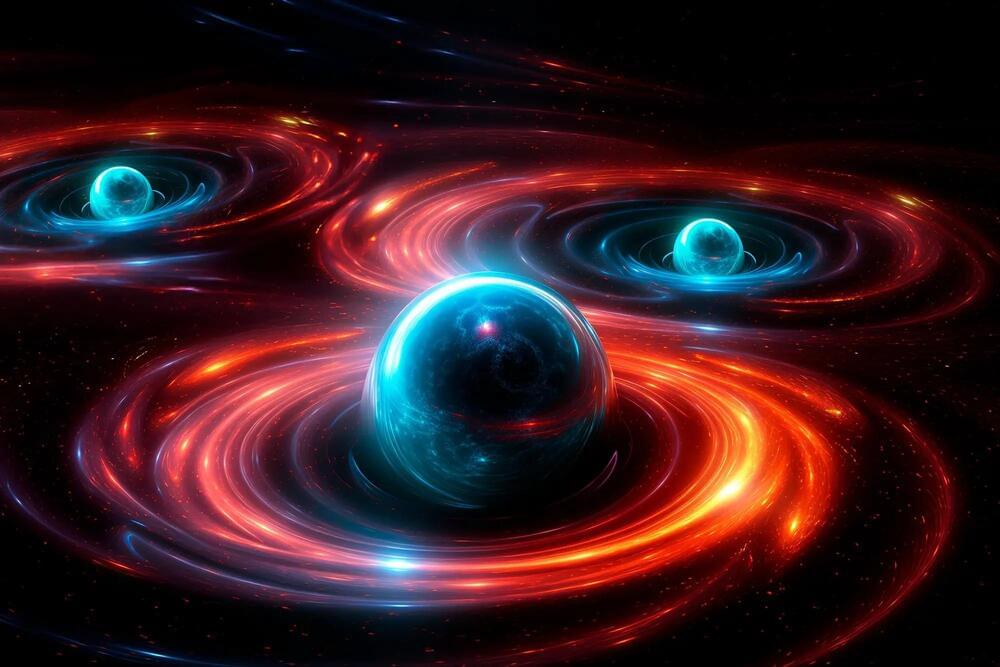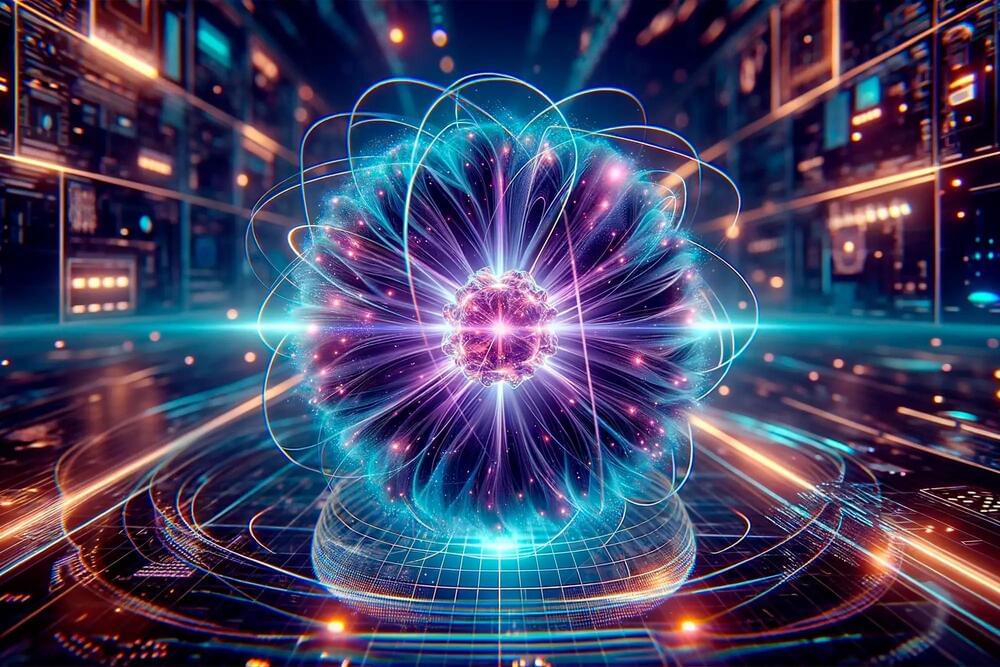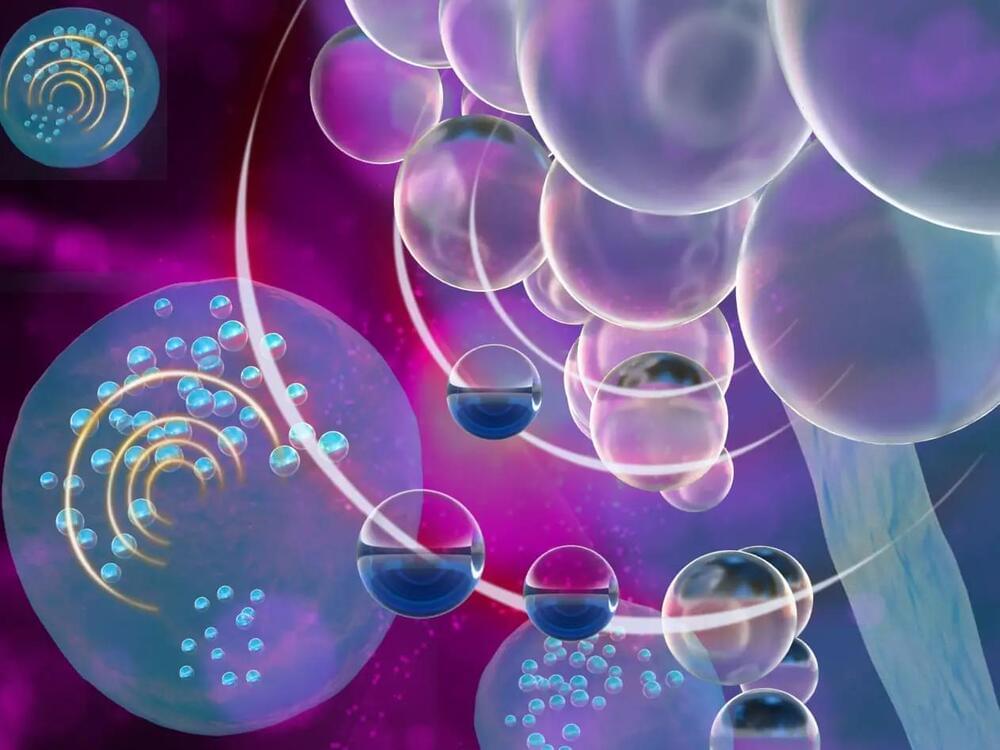Nov 23, 2023
Unraveling the Mysteries of Glassy Liquids — Scientists Propose New Theory
Posted by Saúl Morales Rodriguéz in category: materials
Glass is a material that appears simple in its transparency and rigidity but is, in fact, highly complex and intriguing. Its transformation from a liquid to glass, known as the “glass transition,” is marked by a significant slowdown in its dynamics, giving glass its distinctive properties.
This transformation has been a subject of scientific curiosity for years. A particularly interesting aspect of this process is the emergence of “dynamical heterogeneities.” As the liquid cools and nears the glass transition temperature, its dynamics become more correlated and intermittent.
